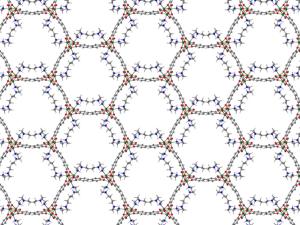

Research Expertise and Interest
condensed matter theory, Materials Physics, nanoscience, physical chemistry, Electronic Structure Theory, Transport, Hard-Soft Interfaces, Complex Oxides, renewable energy, energy conversion
Research Description
Jeffrey Neaton's research centers on understanding and design of novel condensed phases and their properties with theoretical and computational approaches. A major theme of his work is to devise analytical and computational methods that exploit connections between these disparate materials classes to create general approximations and methods, design new materials, and understand novel phenomena. An ultimate aim is the development of new intuition – or “design rules” – connecting emergent properties and function to chemical composition and structure. As such, he draws upon and develop contemporary “first principles” density functional theory (DFT)-based approaches, theoretical methods at the nexus of condensed matter physics, nanoscience, quantum chemistry, and computational materials. His work is multidisciplinary, focuses on both hard and soft matter, and reflects a breadth consistent with the applicability of first-principles DFT-based methods. He interacts closely with experimental research groups to guide and be inspired by state-of-the-art studies of real physical systems, and to validate and further develop our fundamental understanding of condensed matter.
Most recently, he has focused on understanding novel phase behavior, and transport and spectroscopic phenomena, in (i) molecular and organic assemblies; at (ii) interfaces between highly dissimilar materials, e.g. organic-inorganic; in (iii) complex oxides with strong spin-orbit coupling; and in (iv) metal-organic frameworks, extended nanoporous solids. Although distinct, these materials classes share astonishing structural and chemical diversity; highly-localized, sometimes strongly-correlated electronic states; and, in instances, appreciable non-covalent interactions. As such, they simultaneously present significant opportunities for discovery and drive the development of contemporary electronic structure theory. An important context of his work has been solar energy conversion and carbon emissions mitigation, where excited states, oxides, organics, and interfaces feature prominently.
